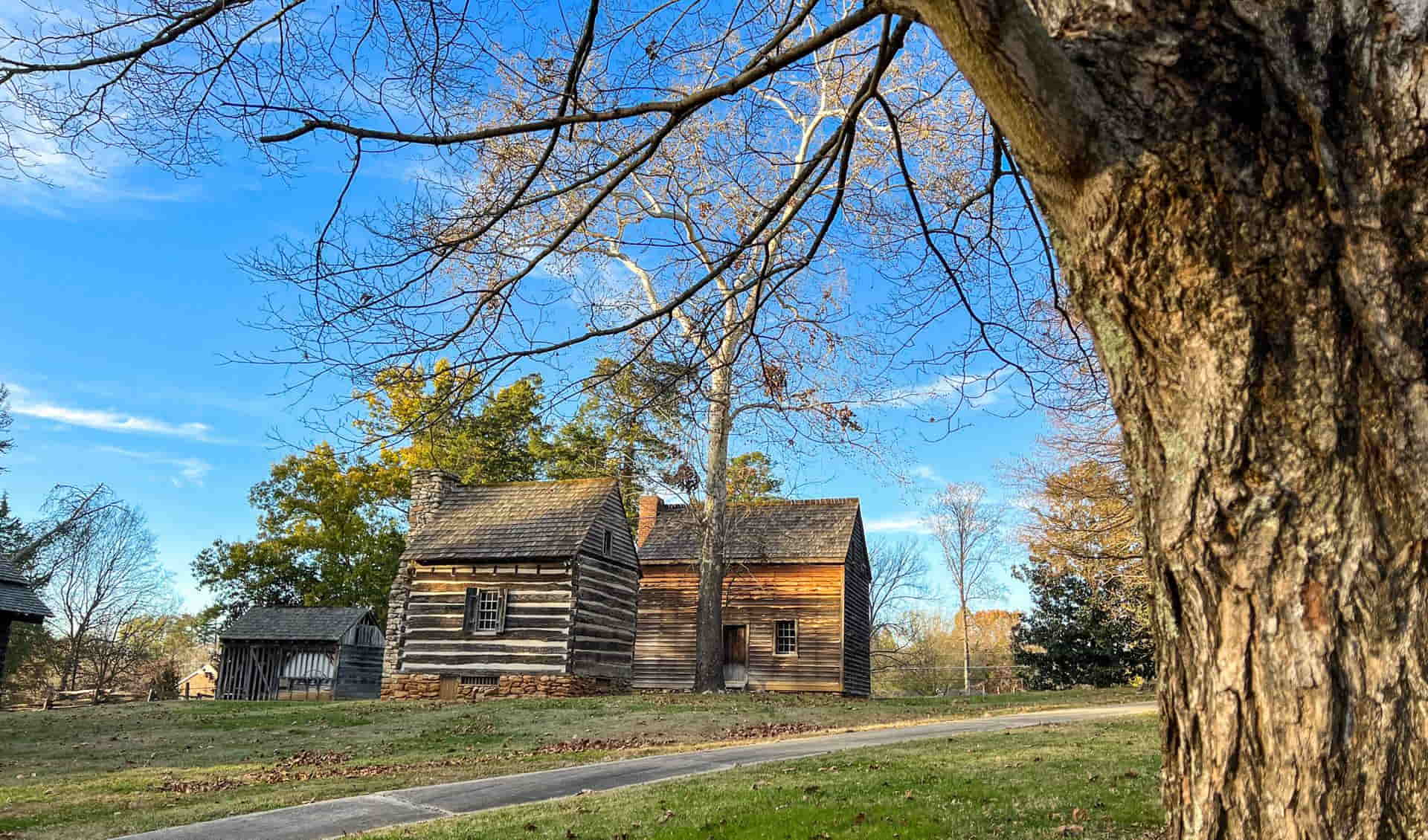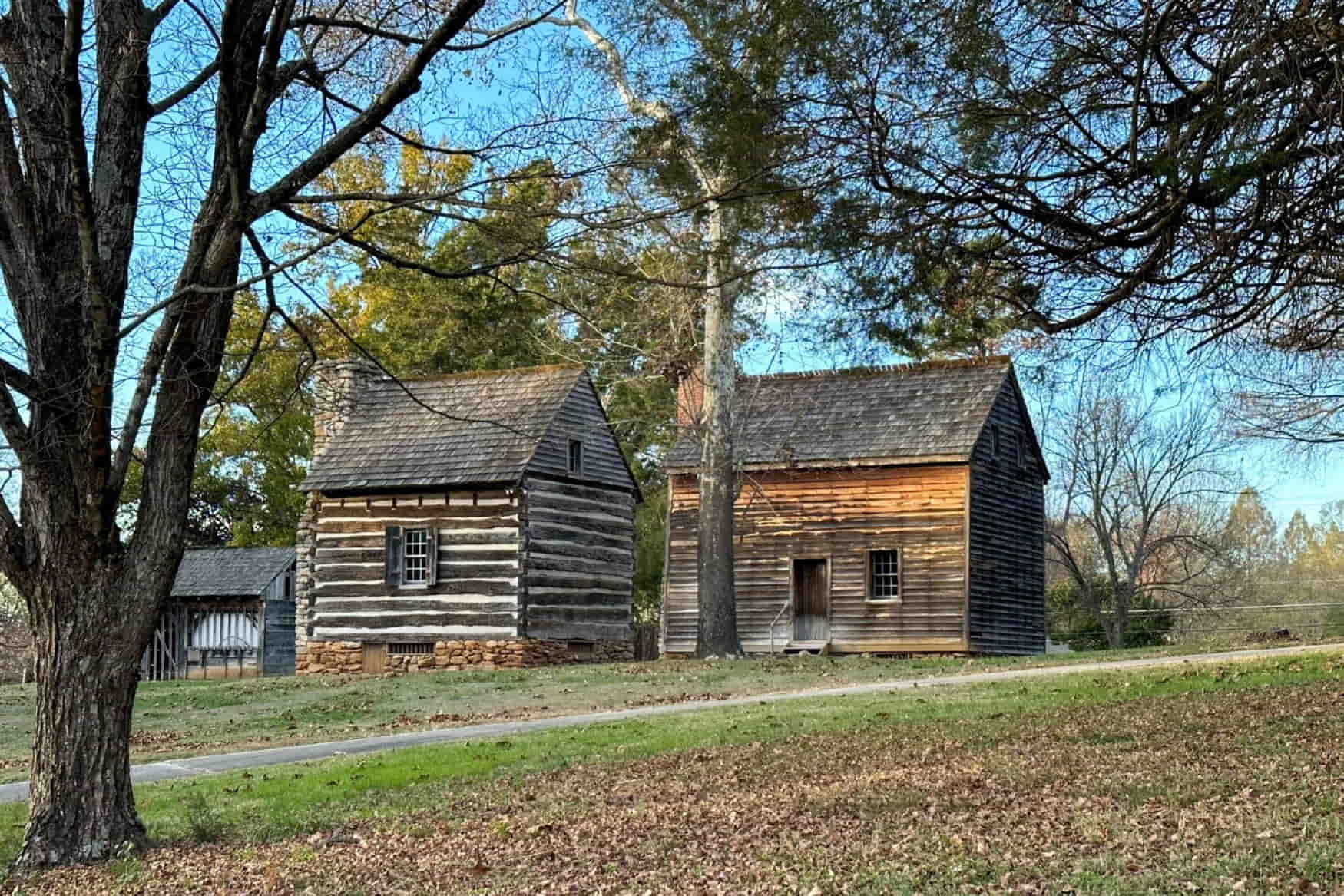The Hoskins Farm Site, a gem of historical significance, offers a window into the past of the American Revolutionary War era. This site is located on New Garden Road in Greensboro, North Carolina, and is part of the Guilford Courthouse National Military Park. It tells the tale of Joseph and Hannah Hoskins, who fled the turmoil of the war in Pennsylvania, only to find it on their doorstep in the Carolina backcountry. The farm's story is intertwined with the Battle of Guilford Courthouse, a pivotal event that shaped American history. Visiting the Hoskins Farm Site is not just a walk through history; it's an opportunity to connect with the resilience and determination of those who lived through tumultuous times. Whether you're a history buff or simply looking for a family-friendly outing, this site promises to captivate and educate.
Highlights
- Historical Structures: Explore the log house, tobacco barn, and blacksmith workshop.
- Self-Guided Tours: Engage with history through a cell phone-guided tour.
- Special Events: Experience Living History programs and Battle Anniversary events.
Contents
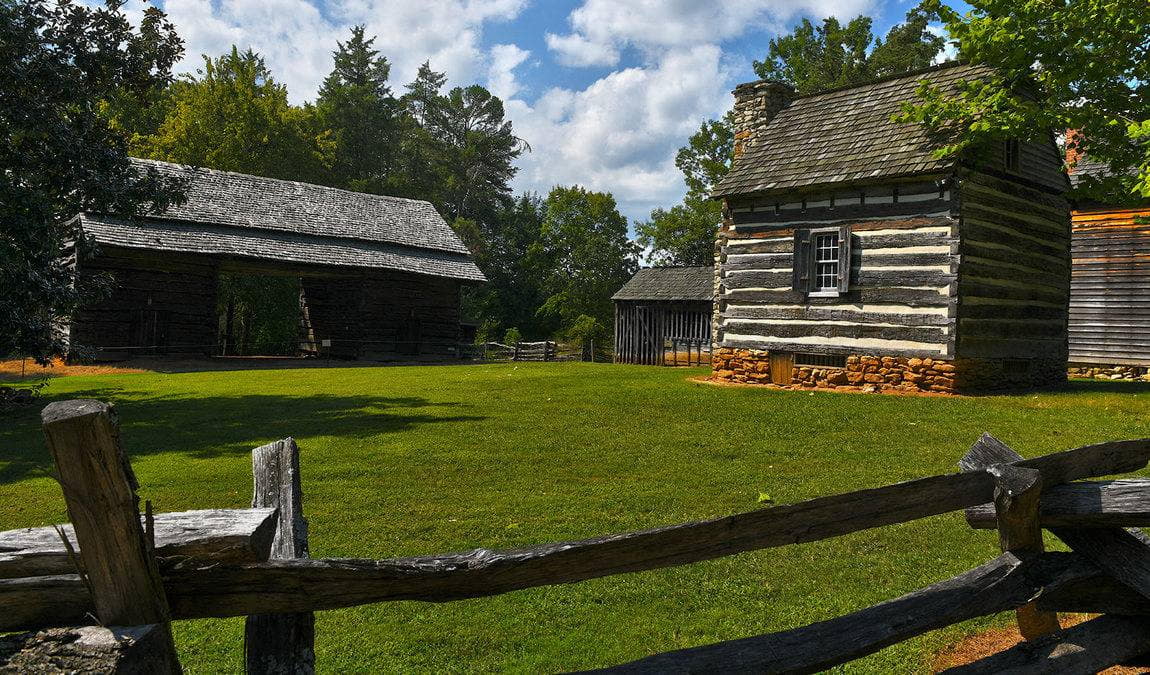 Photo: npplan.com
Photo: npplan.com
Here is Why Your Kids Will Find it Interesting
Hoskins Farm Site is worth visiting with kids aged 8 and up. The farm offers a hands-on historical experience that brings the past to life. Young adventurers can imagine life in the 18th century as they explore the log house and peek into the blacksmith workshop. The interactive cell phone tour adds an element of fun, making history engaging and accessible for children.
Family-friendly Features
- Interactive Tours: The cell phone-guided tour offers an engaging way for families to explore the site.
- Picnic Areas: Enjoy a family picnic in the serene surroundings of the farm.
- Educational Programs: Special events and programs provide learning opportunities for children and adults alike.
Historical Background
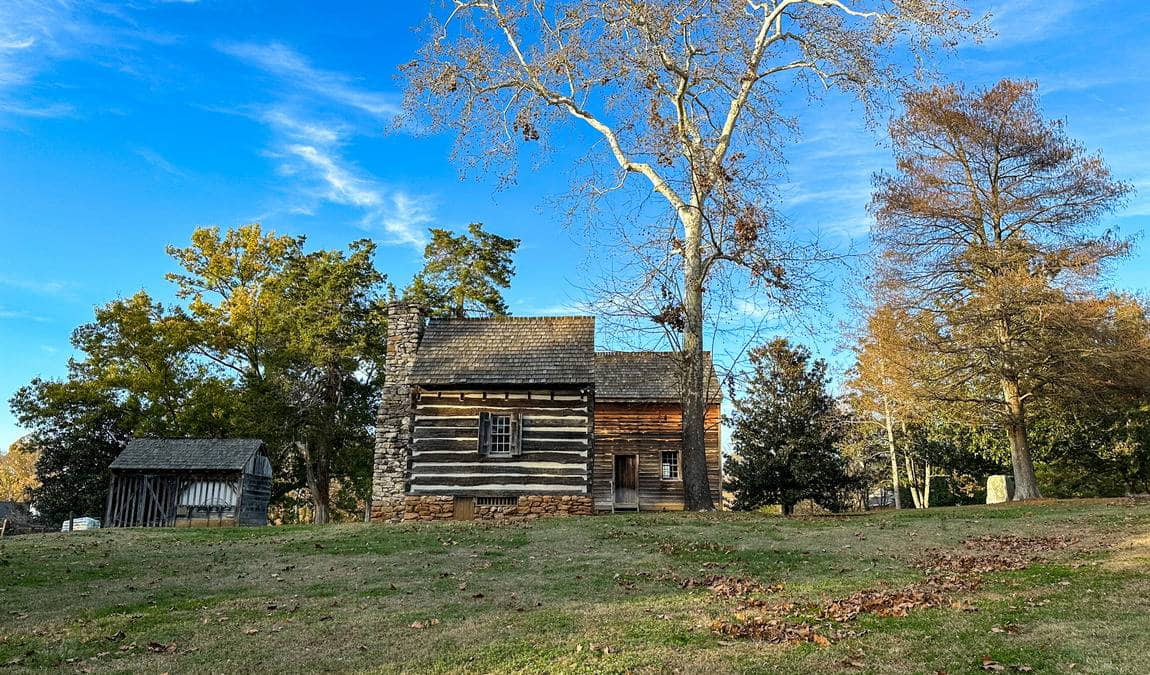 Photo: facebook.com/thesociableadventurer
Photo: facebook.com/thesociableadventurer
In May 1778, Joseph and Hannah Hoskins moved from Valley Forge, Pennsylvania, to the Carolina backcountry, seeking peace away from the Revolutionary War's chaos. They settled near the Guilford Courthouse, unaware that the war would soon reach their doorstep. The Battle of Guilford Courthouse in March 1781 severely damaged the farm, but the Hoskins family rebuilt and continued their farming endeavors. Their resilience is a testament to the challenges faced by early American settlers.
The Farmstead Today
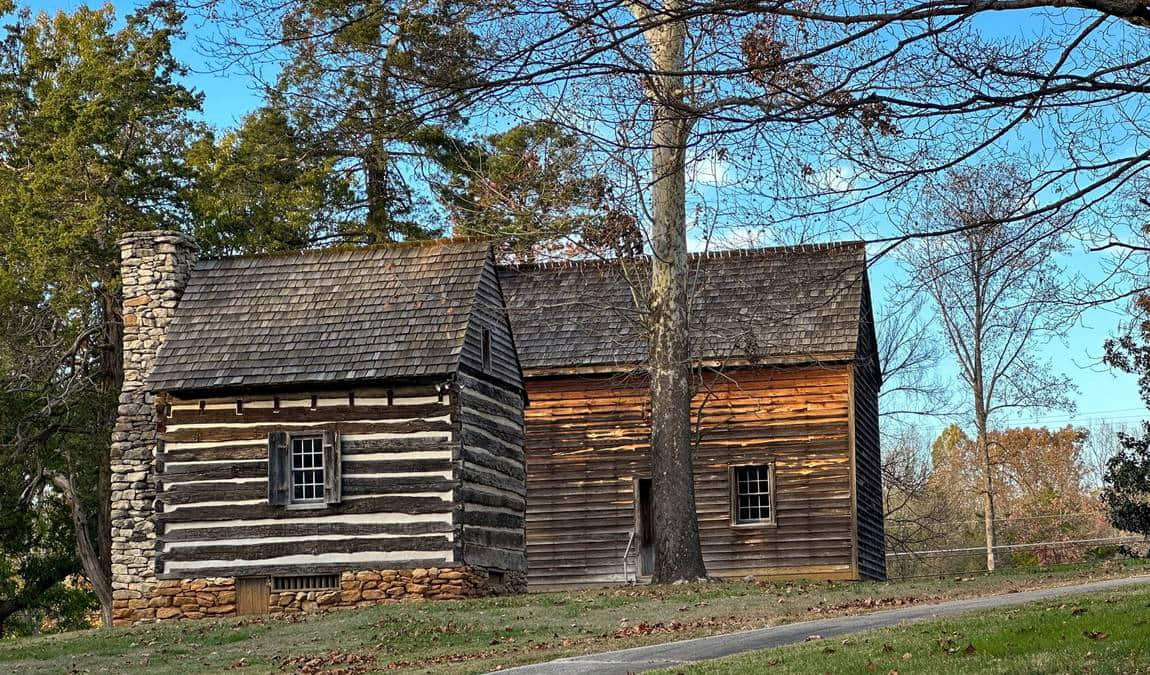 Photo: facebook.com/thesociableadventurer
Photo: facebook.com/thesociableadventurer
Today, the Hoskins Farmstead is a testament to history, with several reconstructed structures that offer a glimpse into the past. The log house, built by the Hoskins' son Ellis between 1810 and 1857, features clapboard siding that conceals its original log construction. The tobacco barn was repurposed as a kitchen, and the blacksmith workshop was relocated to the site to enhance the historical narrative. While not original to the Revolutionary era, these buildings provide an authentic representation of 18th-century farm life.
Visiting the Hoskins Farm
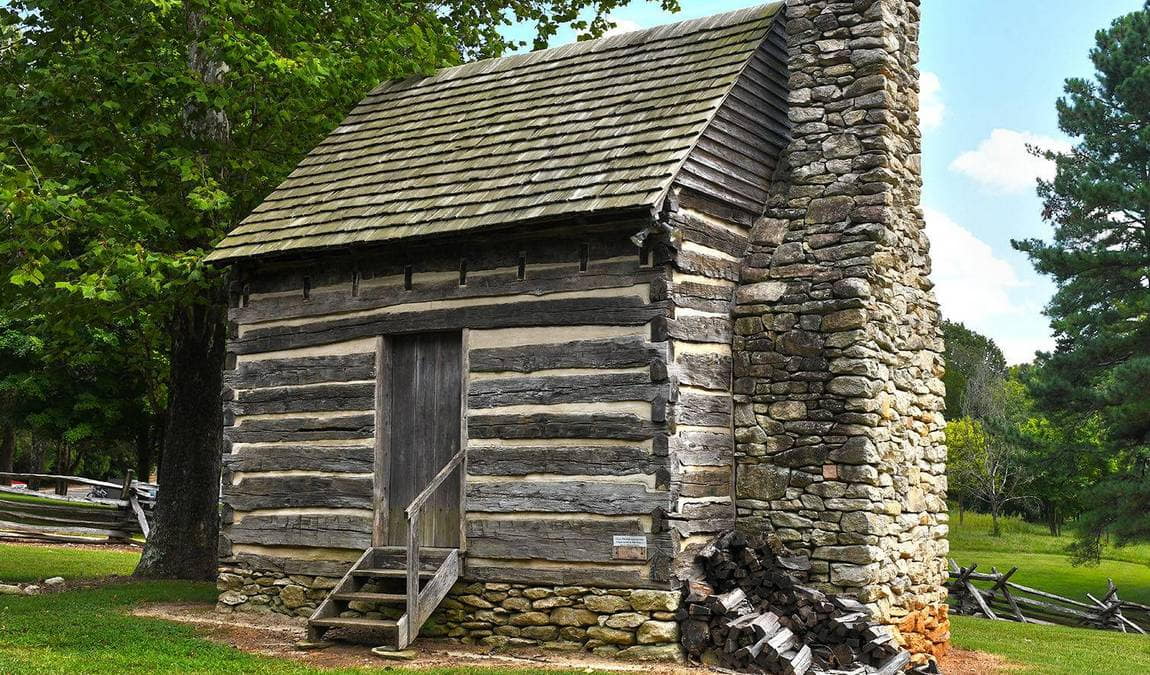 Photo: npplan.com
Photo: npplan.com
Visitors can explore the Hoskins Farm through a self-guided cell phone tour available on the NPS Mobile App. The tour, which covers a quarter-mile walk, offers 17 minutes of audio detailing the farm's history and connection to the Battle of Guilford Courthouse. Special events, such as the Battle Anniversary and Living History programs, provide additional opportunities to engage with the past. While the buildings are generally closed, they open for scheduled school tours and special occasions.
Cultural and Archeological Significance
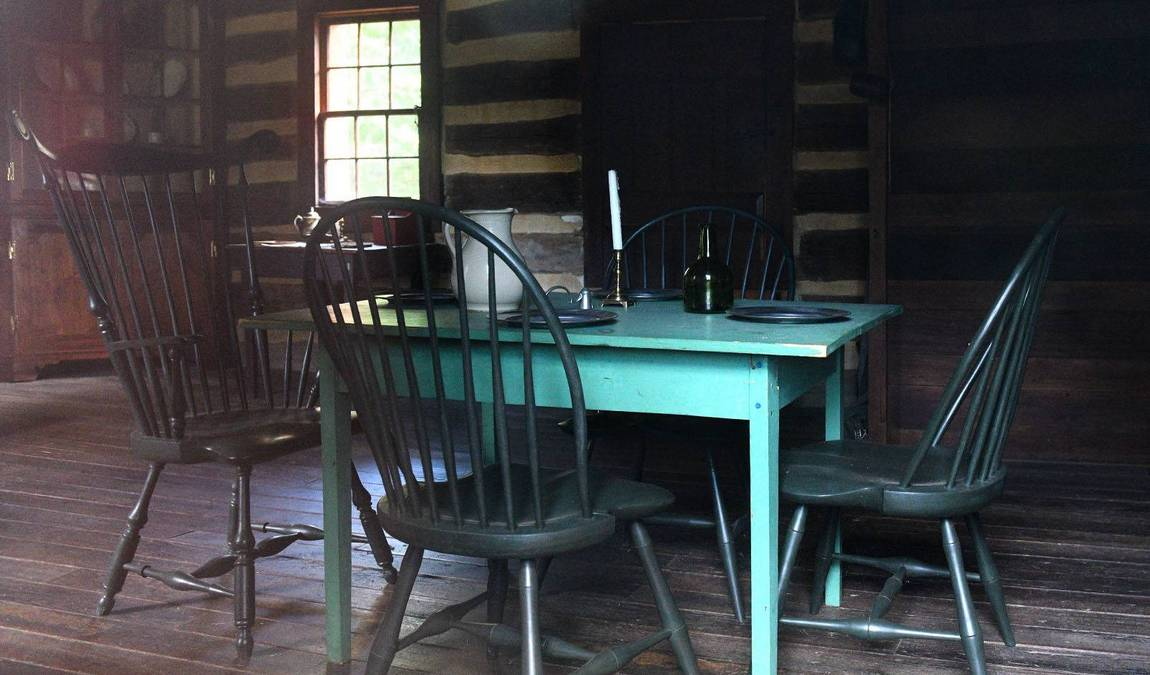 Photo: npplan.com
Photo: npplan.com
The Hoskins Farm Site is a cornerstone of cultural and archeological importance within the Guilford Courthouse National Military Park. This site was pivotal during the Revolutionary War, when British General Lord Cornwallis deployed his troops, making it a significant military landmark. Archeological surveys conducted here have unearthed valuable insights into the farm's past, revealing the presence of mass graves and remains of historic structures. These findings contribute to a broader understanding of the park's cultural landscape, offering a glimpse into the lives of those who lived and fought here.
The site's cultural significance is further highlighted by its inclusion in the National Register of Historic Places, underscoring its architectural and military importance from 1781 to circa 1830. The Hoskins Farm Site is the last intact parcel of land associated with the Battle of Guilford Courthouse, retaining its historical setting, feeling, and association.
This makes it an invaluable resource for historians and visitors alike.Efforts to preserve the site's historical integrity are ongoing, guided by the Secretary of Interior Standards for the Treatment of Historic Properties and NPS Management Policies. These efforts include updating cultural landscape reports and conducting geophysical surveys to identify and preserve archeological resources. The Guilford Battleground Company was crucial in protecting the Hoskins Farm, purchasing the land in the 1980s to ensure its protection.
The farm was later turned over to the National Park Service, becoming part of the Guilford Courthouse National Military Park. The park's cultural landscape documentation is thorough. Two Cultural Landscape Inventories were completed, providing treatment recommendations and evaluating contributing characteristics. This documentation helps guide preservation efforts, ensuring that the site's historical and cultural narratives are maintained for future generations to appreciate.
In addition to its archeological significance, the Hoskins Farm Site also serves as a cultural touchstone, connecting visitors to the broader historical context of the Revolutionary War. The ongoing ethnographic studies aim to identify groups with traditional ties to the park, further enriching the cultural narrative and ensuring that diverse perspectives are included in its interpretation. This comprehensive approach to preservation and cultural documentation ensures that the Hoskins Farm Site remains a vibrant part of America's historical tapestry.
Best Time to Visit
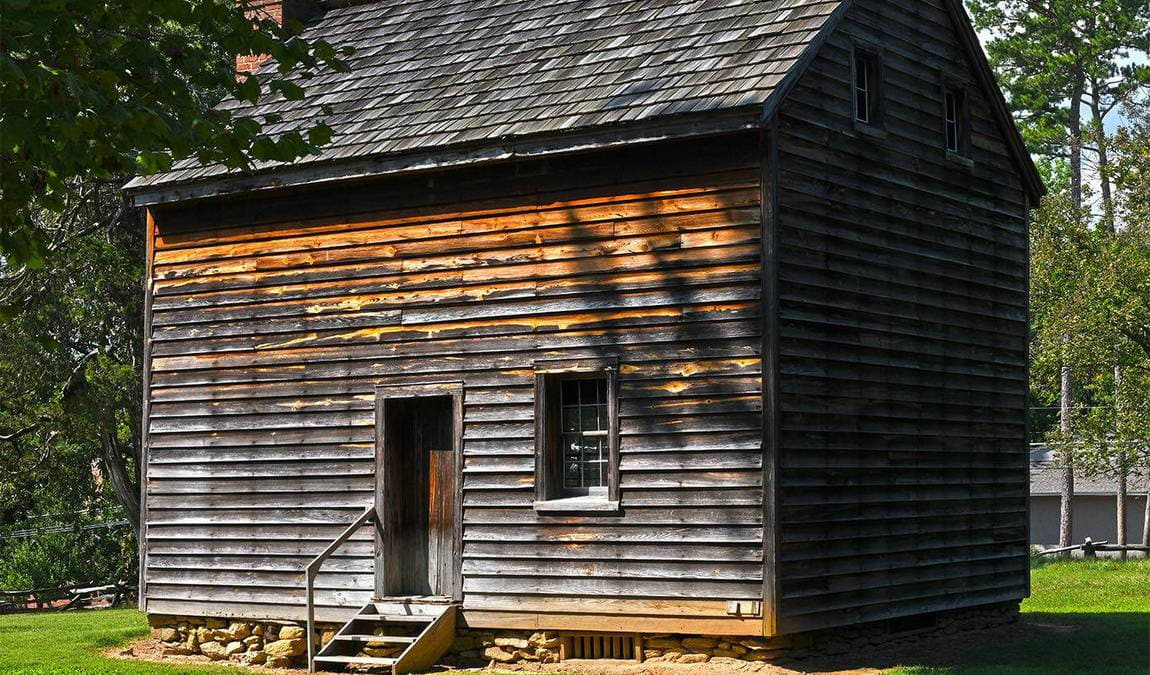 Photo: npplan.com
Photo: npplan.com
The best time to visit with children is during the spring and fall when the weather is mild. Weekdays are ideal for a quieter experience, while weekends offer more activities. Plan a morning visit to avoid the afternoon heat.
Recommended duration: 30 minutes to an hour.
Our Resume
The Hoskins Farm Site offers a unique blend of history and family-friendly activities. From exploring reconstructed buildings to participating in interactive tours, visitors can immerse themselves in the rich history of the American Revolution. This site is a must-visit for families seeking an educational and enjoyable outing.


